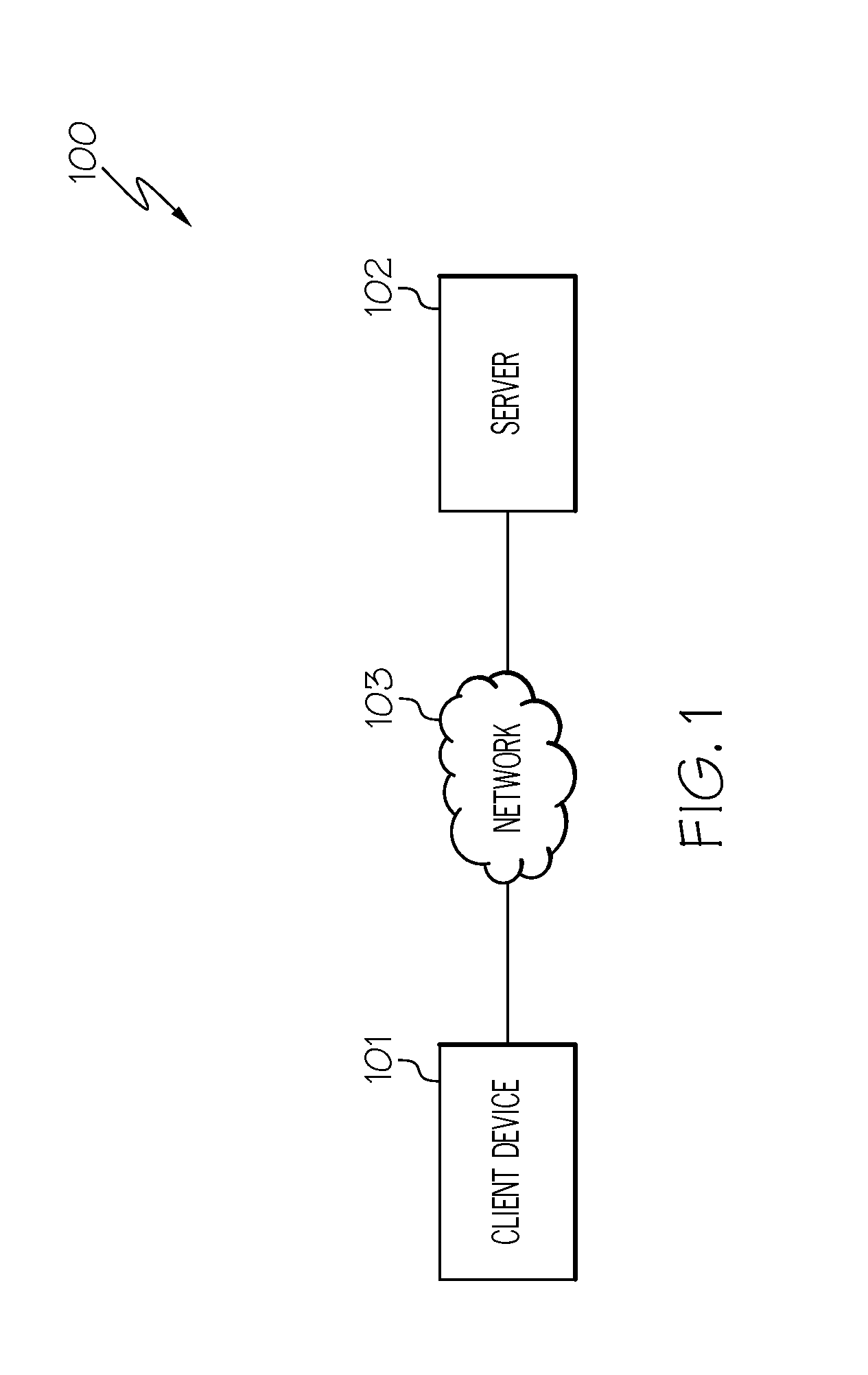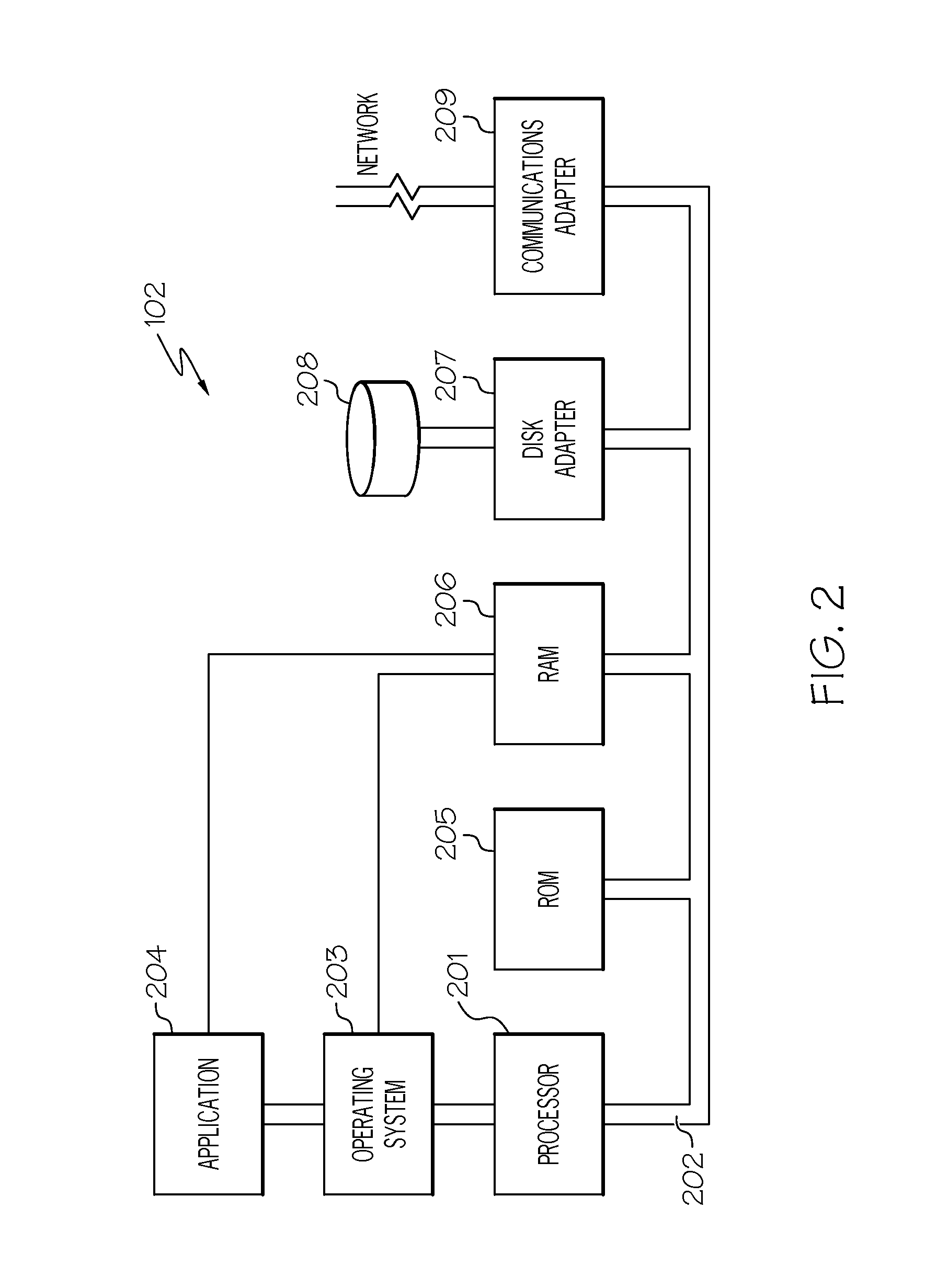Efficiently identifying images, videos, songs or documents most relevant to the user using binary search trees on attributes for guiding relevance feedback
a search tree and attribute technology, applied in the field of information retrieval, can solve the problems of not being able to accurately meet the search needs of users if relying on keyword search, existing retrieval methods provide only a narrow channel of feedback, and the latter is clearly a burden on a user who likely cannot understand the inner workings of the algorithm
- Summary
- Abstract
- Description
- Claims
- Application Information
AI Technical Summary
Benefits of technology
Problems solved by technology
Method used
Image
Examples
Embodiment Construction
[0016]The present invention comprises a method, system and computer program product for efficiently identifying examples most relevant to a user using binary trees computed over relative attributes for guiding relevance feedback. The “examples,” as used herein, could be images, videos, documents, or audio files, or similar multi-media data objects. In one embodiment of the present invention, a binary tree is constructed for each relative attribute of interest in a pool of database examples. A set of “pivot exemplars” is recursively determined for each attribute's binary tree as corresponding to the database examples with a median relative attribute value among their associated examples, where each “pivot exemplar” is an internal node of the binary tree. Furthermore, a selection function predicts the information gain that would result from asking a user how a user's target example compares to the pivot exemplar for the relative attribute of interest for its corresponding binary tree....
PUM
 Login to View More
Login to View More Abstract
Description
Claims
Application Information
 Login to View More
Login to View More - R&D
- Intellectual Property
- Life Sciences
- Materials
- Tech Scout
- Unparalleled Data Quality
- Higher Quality Content
- 60% Fewer Hallucinations
Browse by: Latest US Patents, China's latest patents, Technical Efficacy Thesaurus, Application Domain, Technology Topic, Popular Technical Reports.
© 2025 PatSnap. All rights reserved.Legal|Privacy policy|Modern Slavery Act Transparency Statement|Sitemap|About US| Contact US: help@patsnap.com



